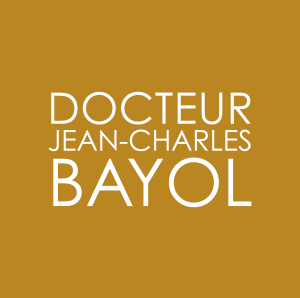MID-FACE LIFT AND CHEEK LIFT
Widening circles, elongation of the lower eyelid, loss of volume of the cheekbones and cheeks, formation of nasolabial folds, appearance of jowls… Inexorably, time condemns facial tissues to relax and fall.The mid face lift helps to fight against these effects and allows to reshape the central part of the face.
> all about MID-FACE LIFT AND CHEEK LIFT <
MID-FACELIFT IN MONTREUX, GENEVA AND LAUSANNE (SWITZERLAND)
The face lift allows the refitting of the muscles and the skin structure of the neck and the side of the cheeks. The mid-facelift corrects the aging of the central part of the face by repositioning its anatomical structures: the lower eyelids, the dark circles and the medial part of the cheeks. This procedure corresponds to an extended version of a lower blepharoplasty.
If your facial defects are corrected by pulling your cheek up in front of a mirror, then a mid-face lift can be considered.
The mid-face lift can be performed alone or in combination with a conventional facial lifting, an adipocyte grafting or a facial lipofilling. Other cosmetic medicine techniques can also be considered such as resurfacing, Botox (botulinum toxin) and injection of filling products such as hyaluronic acid.





